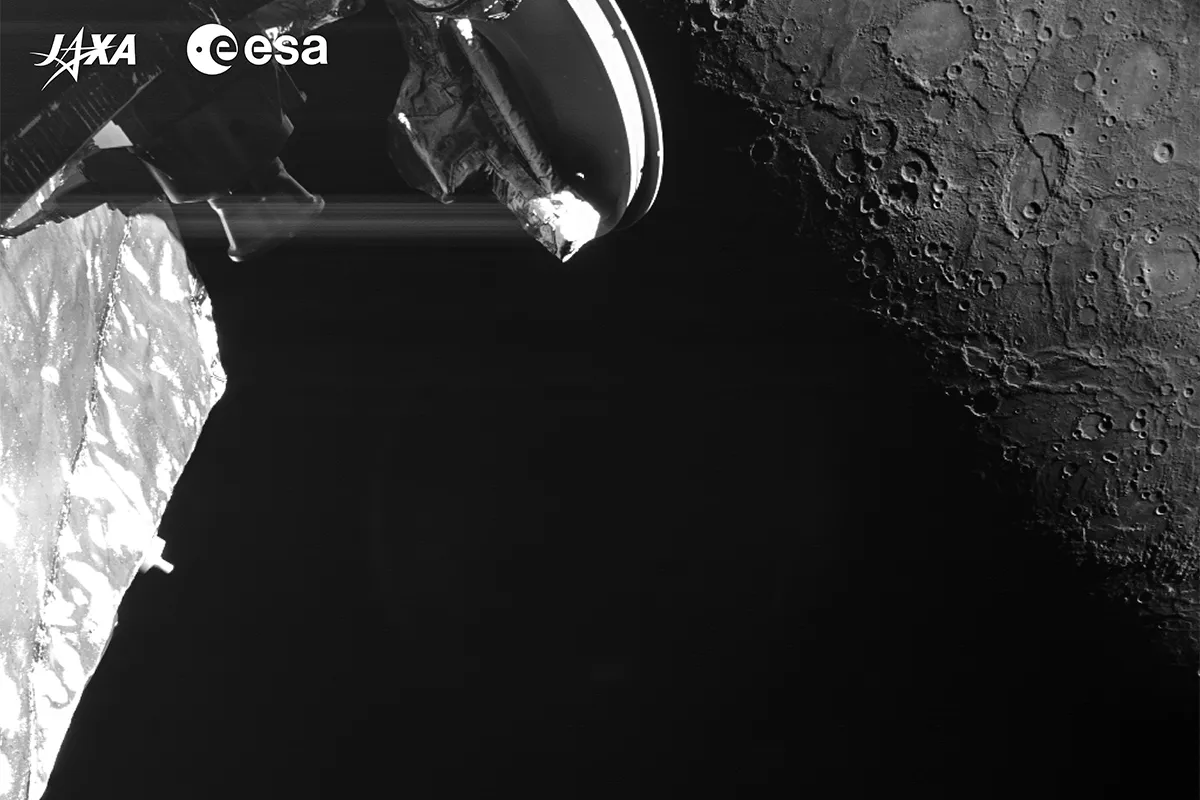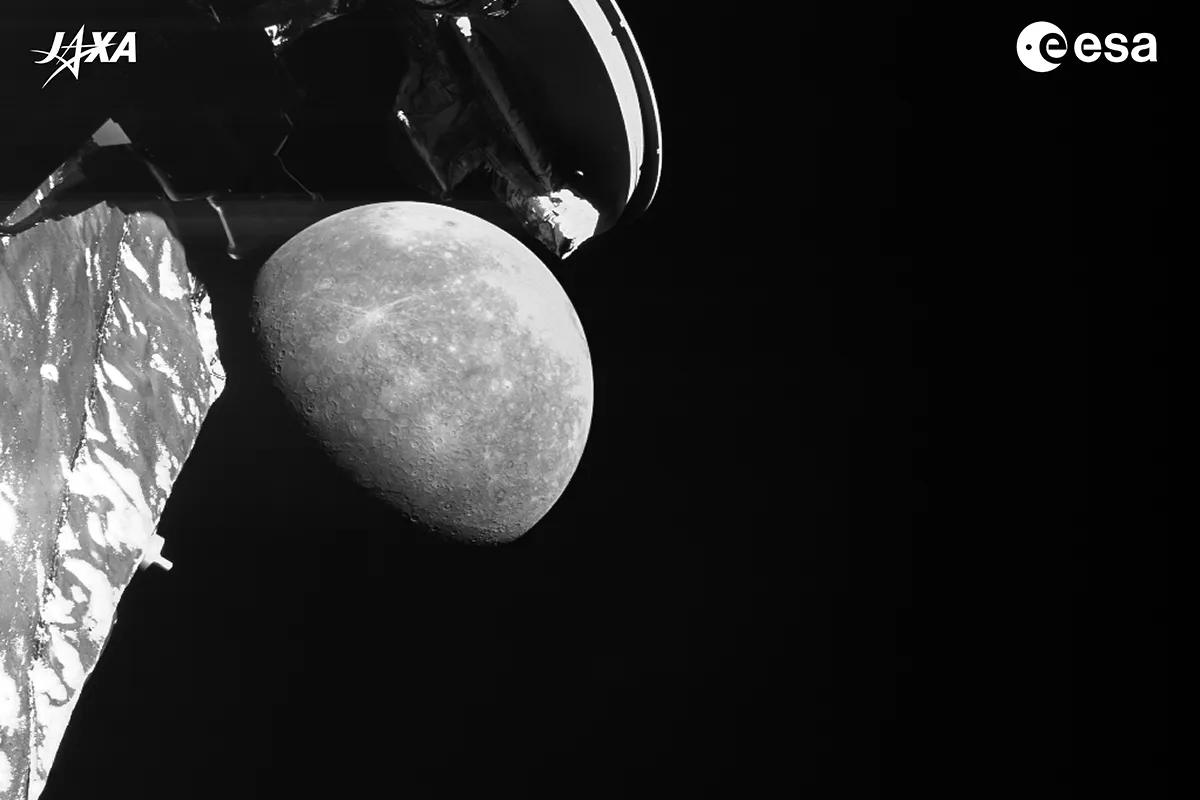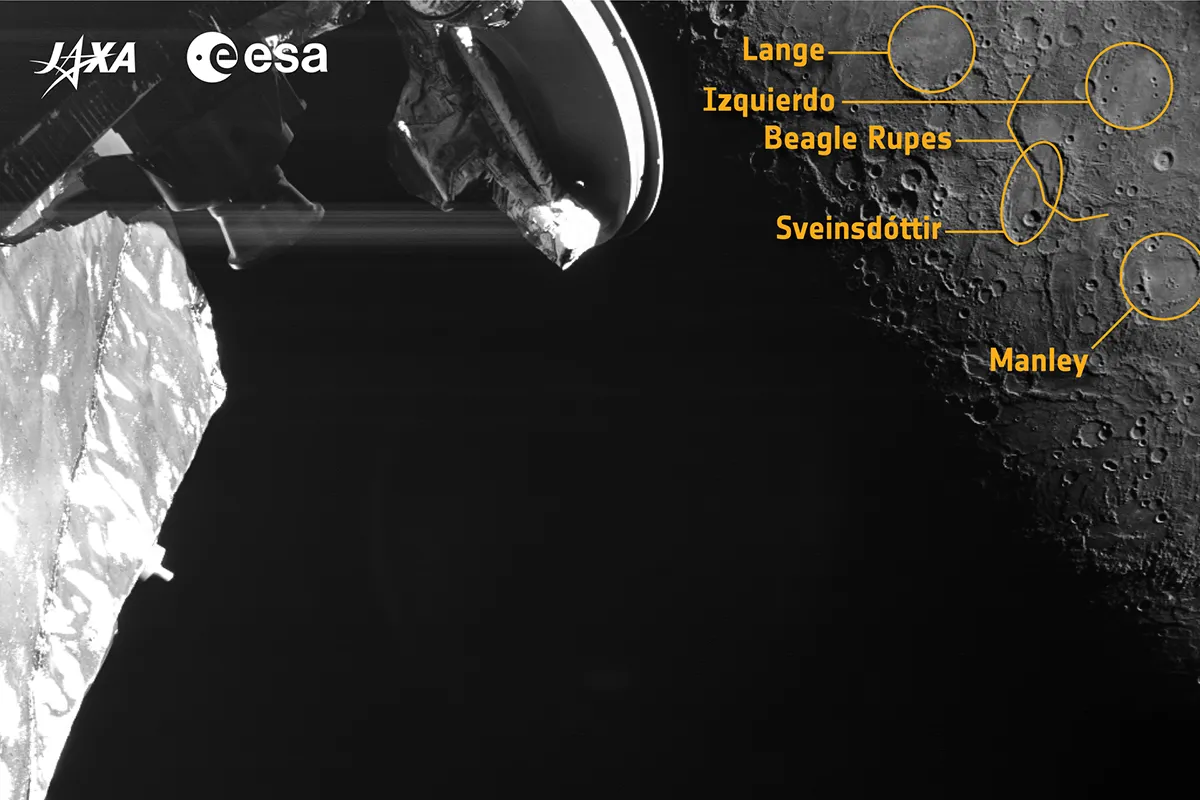Spectacular new images of the planet Mercury have been released by the European Space Agency, captured by the Bepi Colombo spacecraft.
Bepi Colombo launched in October 2018 and is currently studying the innermost planet of the Solar System to solve some of its many mysteries.
The images were captured on 19 June 2023 during the 3rd of Bepi Colombo’s 6 gravity-assist flybys at Mercury.
It soared as close as 236km above the rocky planet’s surface.
10 images in total were captured, and ESA has so far released 3 of those images.

As Bepi Colombo began the flyby, the spacecraft approached via the nightside of the planet, spotting features on the surface of Mercury about 12 minutes after closest approach, when it was 1,800km from the surface.
20 minutes after close approach, the spacecraft was now 3,500km from the surface, and began to notice even more features, including a new crater 'Manley', which has been named after Jamaican artist Edna Manley.
The crater is 218km wide and can been seen below and to the right of the spacecraft’s antennae (see labelled image at the bottom of this article).

Further investigations by Bepi Colombo will seek to understand more about the dark material associated with Manley Crater, including how much carbon it contains and what minerals are associated with it.
This will form part of the puzzle of understanding more about Mercury’s geological history.
"Mercury’s heavily cratered surface records a 4.6 billion year history of asteroid and comet bombardment, which together with unique tectonic and volcanic curiosities will help scientists unlock the secrets of the planet’s place in Solar System evolution," says planetary scientist Jack Wright, a member of the BepiColombo MCAM imaging team.
"The snapshots seen during this flyby, MCAM’s best yet, set the stage for an exciting mission ahead for BepiColombo. With the full complement of science instruments we will explore all aspects of mysterious Mercury from its core to surface processes, magnetic field and exosphere, to better understand the origin and evolution of a planet close to its parent star."
In the two closest images, an escarpment called 'Beagle Rules' can be seen below and to the right of the antennae. It appears like a curved scar in the image.

This is likely a feature formed as a result of Mercury cooling and contracting over the period since its formation, causing a wrinkling of the surface.
"This is an incredible region for studying Mercury’s tectonic history," says Valentina Galluzzi of Italy’s National Institute for Astrophysics (INAF).
"The complex interplay between these escarpments shows us that as the planet cooled and contracted it caused the surface crust to slip and slide, creating a variety of curious features that we will follow up in more detail once in orbit."

The next Mercury flyby will take place on 5 September 2024, and is part of a long journey that will see Bepi Colombo use solar electric propulsion to brake against the gravitational pull of the Sun.
At total of 15,000 hours of solar electric propulsion operations, plus 9 planetary flybys - 1 at Earth, 2 at Venus, 6 at Mercury - will slowly guide the spacecraft into a steady orbit around Mercury, with the main science mission due to begin in early 2026.
